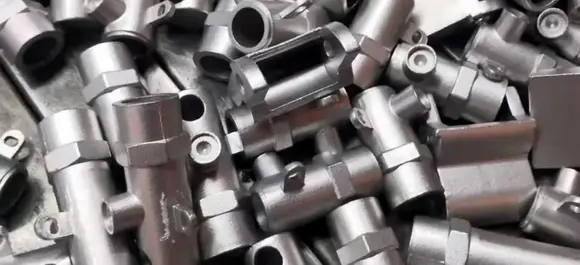Mobile:+86-311-808-126-83
Email:info@ydcastings.com
60mm Pipe End Cap - Durable and Reliable Pipe Fittings
Understanding 60mm Pipe End Caps A Comprehensive Overview
In the vast world of plumbing and piping systems, the components we choose significantly impact the overall functionality and efficiency of our projects. One such essential component is the pipe end cap, and in this discussion, we will delve into the specifics of the 60mm pipe end cap.
What is a 60mm Pipe End Cap?
A 60mm pipe end cap is a type of fitting designed to close the end of a 60mm diameter pipe. These caps are typically made from durable materials such as PVC, stainless steel, or HDPE (high-density polyethylene), which provide resilience and versatility depending on the application. The primary function of an end cap is to seal the pipe, preventing the escape of liquids or gases and protecting the interior from contamination.
Applications of 60mm Pipe End Caps
60mm pipe end caps are widely used across various industries
. For instance, in plumbing systems, they may be employed to seal off unused pipes or at the termination points of drainage lines. In industrial applications, these caps can be found in manufacturing processes that require controlled environments, such as in chemical processing where containment is critical.Moreover, they are used in construction projects, particularly in underground installations and irrigation systems. Their ability to withstand pressure and external elements makes them suitable for both above-ground and underground applications. Additionally, they play a role in maintenancing systems by allowing for easier modifications or repairs without the need to replace entire sections of pipe.
Types of 60mm Pipe End Caps
60mm pipe end cap

There are several types of 60mm pipe end caps available on the market, each serving specific needs. Some common variations include
1. Threaded End Caps These caps come with internal threads that allow them to be screwed onto a pipe. This feature is beneficial when a secure and tight seal is required. 2. Socket Weld Caps Designed for welded connections, these caps are placed over the pipe and then welded in place, providing a strong and permanent seal.
3. Slip Caps These are simply slipped over the end of the pipe and are often used in systems where changes might be needed, as they can be easily removed.
Benefits of Using 60mm Pipe End Caps
One of the primary advantages of using 60mm pipe end caps is their ability to create a watertight seal. This helps in preventing leaks that could otherwise lead to significant water loss and structural damage. Furthermore, the use of end caps contributes to a cleaner and more orderly piping system, reducing the risk of debris buildup within the pipes.
Additionally, choosing the right material for your end cap can enhance the longevity of your piping system. For instance, stainless steel end caps offer excellent corrosion resistance, making them ideal for harsh environments. On the other hand, PVC caps are typically lighter and easier to install, making them a favorite for residential projects.
Conclusion
In summary, the 60mm pipe end cap is a small yet crucial component of many plumbing and piping systems. Whether for sealing off unused pipes, protecting systems from environmental factors, or facilitating maintenance, these fittings play an indispensable role in ensuring the efficiency and durability of piping systems. With various types and materials available, it is essential to choose the right end cap to meet the specific needs of your project, thus maximizing both performance and longevity.
-
Understanding Metal Casting TechniquesNewsApr.02,2025
-
Understanding Exhaust Manifolds for Enhanced Engine PerformanceNewsApr.02,2025
-
The World of Metal FabricationNewsApr.02,2025
-
Key Components for Pump and Turbo EfficiencyNewsApr.02,2025
-
Essential Tools for Automotive Maintenance and RepairNewsApr.02,2025
-
Durable Valve Components for Effective Water ManagementNewsApr.02,2025











